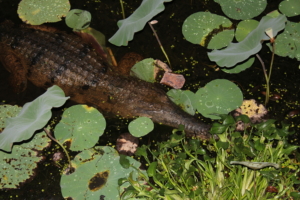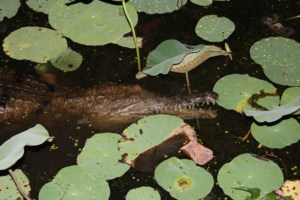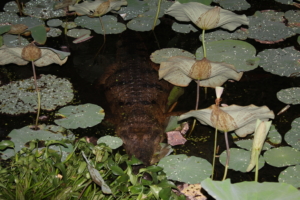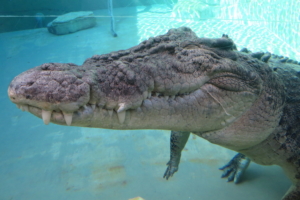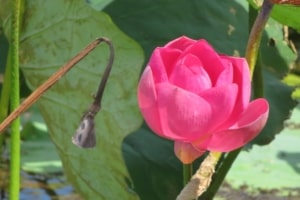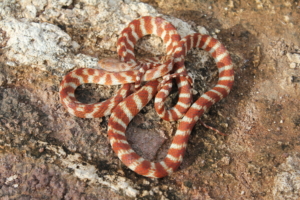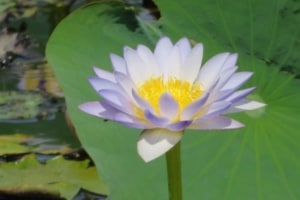Fogg Dam Conservation Reserve
Fogg Dam Sunset & Evening Tour
Visit with Wildlife Darwin Tours the Fogg Dam Conservation Reserve for sunset.
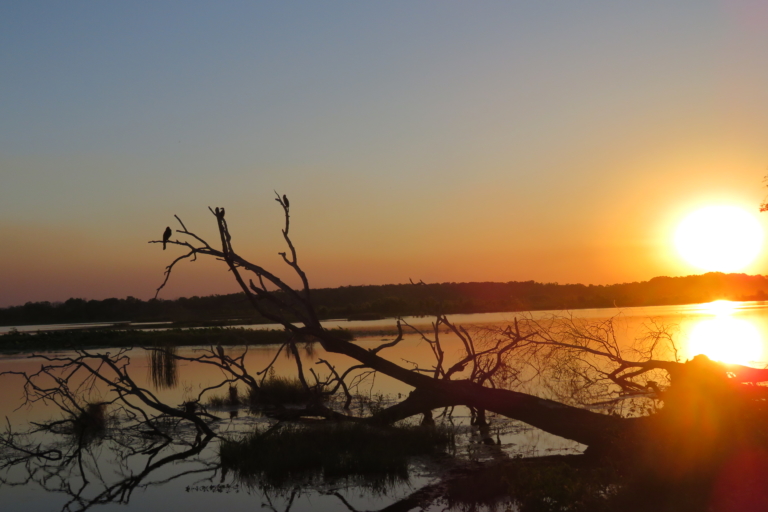
Spot Native Wildlife such as wallabies, fresh water crocodiles, turtles and many bird species.
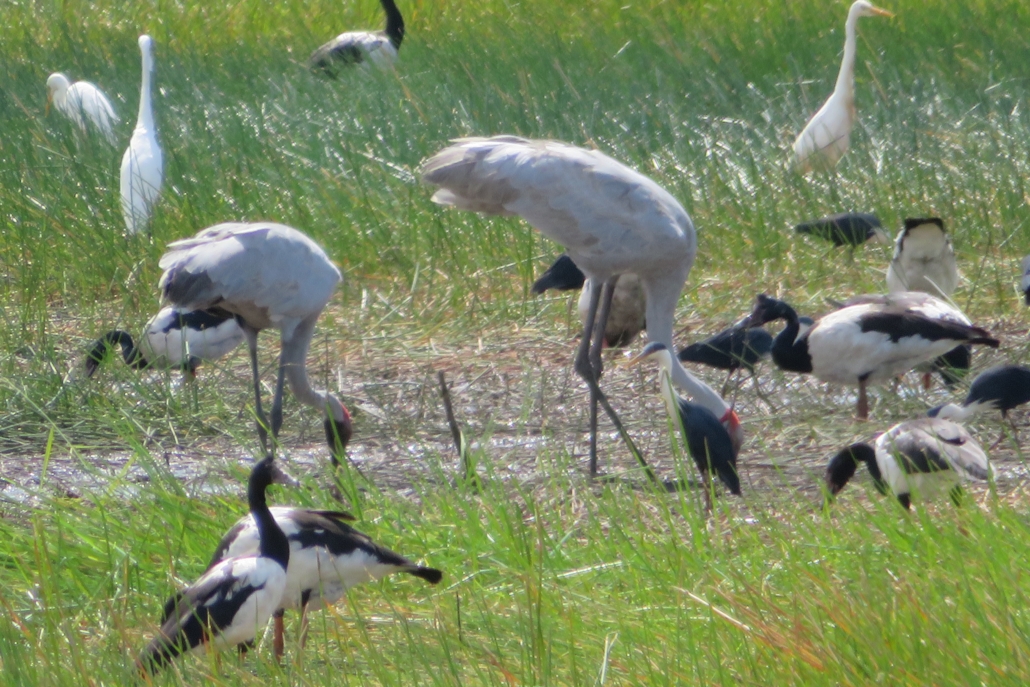
Safety and Comfort
- Observe park safety signs.
- Observe all crocodile warning signs – DO NOT WALK ON DAM WALL.
- Carry and drink plenty of water.
- Wear a shady hat, sunscreen and insect repellent.
- Wear suitable clothing and footwear.
Please Remember
- Take your rubbish away with you.
- Keep to designated roads and tracks.
- All cultural items and wildlife are protected.
Fogg Dam Conservation Reserve is only a 45-minute drive from Darwin where you will experience spectacular wetlands and wildlife throughout the year. If you’re a keen bird watcher, there are often a variety of birds around the dam wall. Fogg Dam is also a haven for water pythons, freshwater turtles and other wildlife.
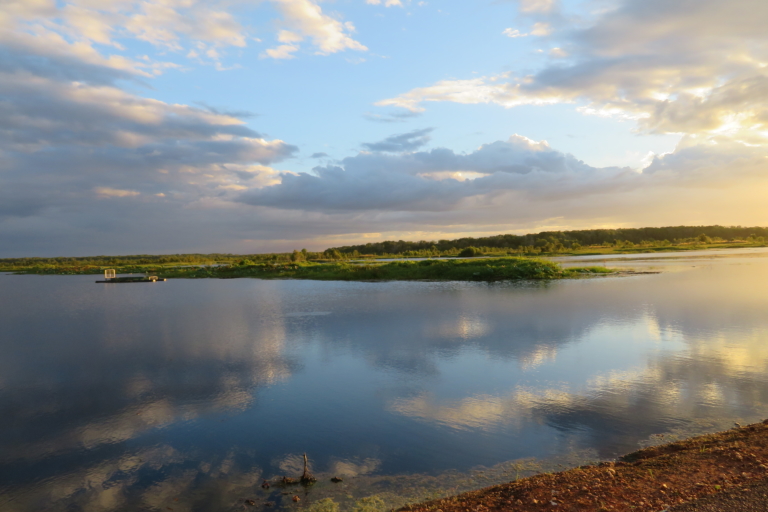

Fogg Dam has one of the world’s highest biomass of predator (water pythons) to prey (dusky rats) ratio.
They make their homes in the cracked mud during the hot Dry Season from August to October, while waiting for the rains.
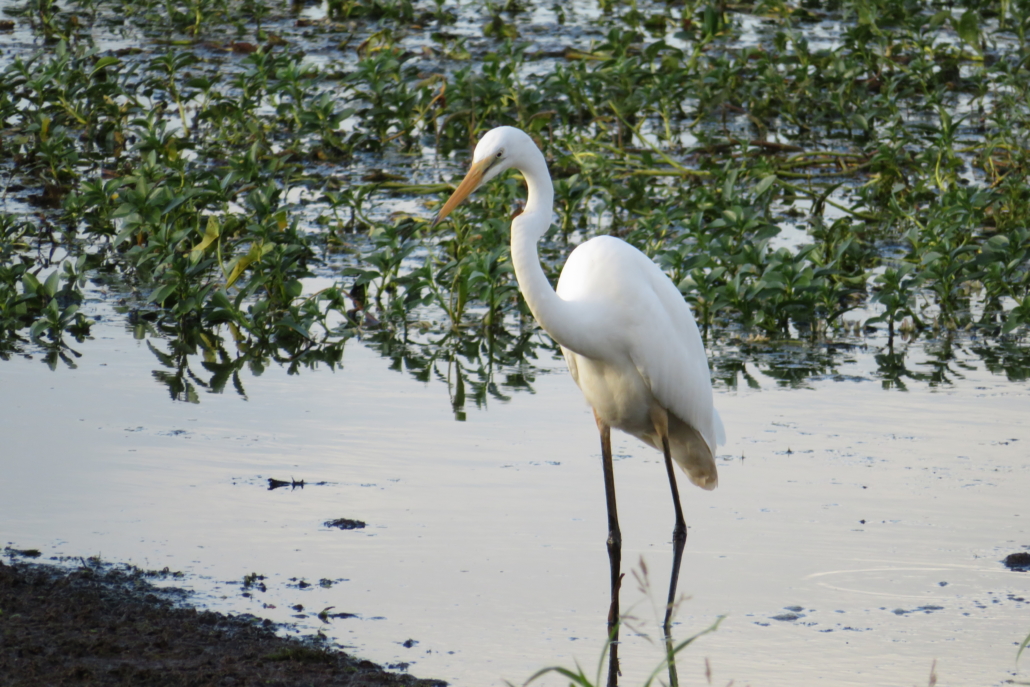
Wetlands of Fogg Dam Conservation Reserve
After we have picked you up from your accommodation we will head out to the Wetlands of Fogg Dam Conservation Reserve.
The 60 kilometre drive out to Fogg Dam gives you the opportunity to spot a unique birdlife, various raptors, kingfishers and the Blue-winged Kookaburra, as well as see a blend of savannah woodland and paperbark forest habitats.
Fogg Dam Monsoon Forest Walk on our Weekend tours which departure 4.00 pm from Darwin
We offer on weekends an early pick up from your accommodation to be able to explore the 2.2km return Waterlilies boardwalk which takes us along the fringe of wetland, through paperbark forest to spot birds like Rainbow Pitta, Brown Whistler, Arafura Fantail and Shining Flycatcher.
Flora At FoGG Dam
At Fogg Dam, the Pandanus lookout is a great place to eat some snacks while overlooking the floodplain to spot buffaloes, Magpie Geese, Intermediate Egret, Little Egret, Great Egret, Cattle Egret, Pied Heron, Royal Spoonbill, Little Black Cormorant, White-browed Crake, Black-necked Stork and sometimes Brolga from here.
Whistling Kites and often a White-bellied Sea-eagle soar overhead, sometimes Swamp Harrier is seen flying low over the floodplain.
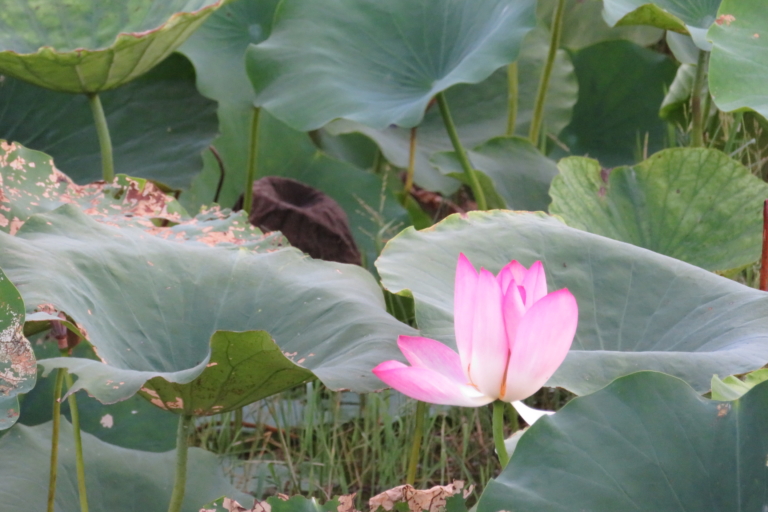
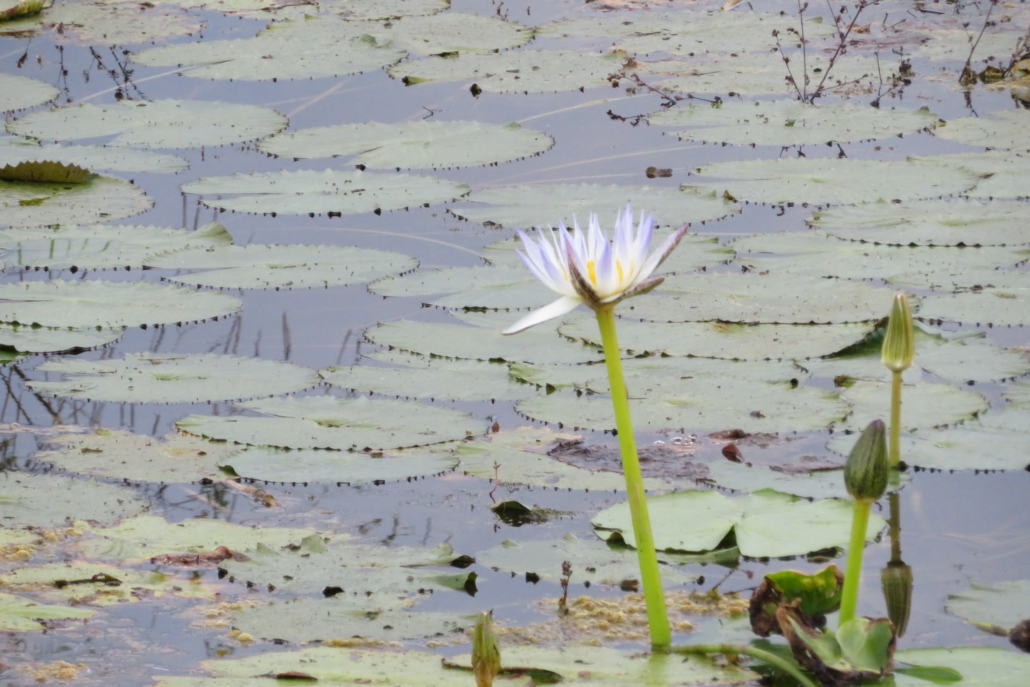
Crimson Finches, Rufous-banded Honeyeaters, Lemon-bellied Flyrobins, Rose-crowned Fruit-Dove, Forest Kingfisher, Sacred Kingfisher and Paperbark Flycatcher are some of the species that occupy the bush on the edge of the floodplain.
Reptiles like Estuarine Crocodiles, Gilberts Dragon’s, Yellow-spotted Monitors, Northern Long-necked Turtles and Common Tree Snakes may be seen here.
Fauna at Fogg Dam
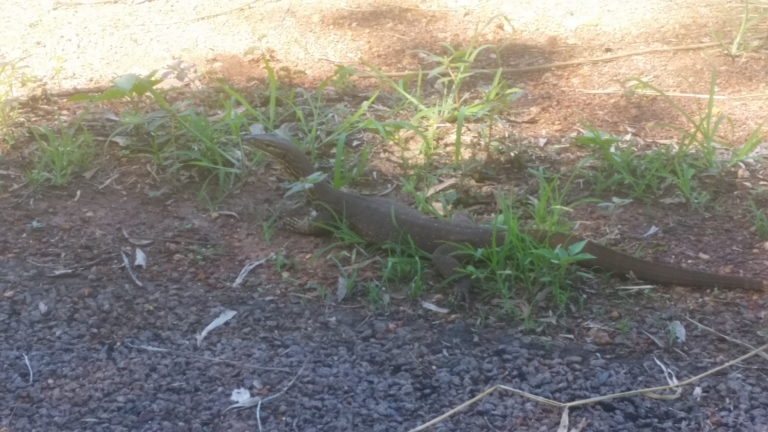
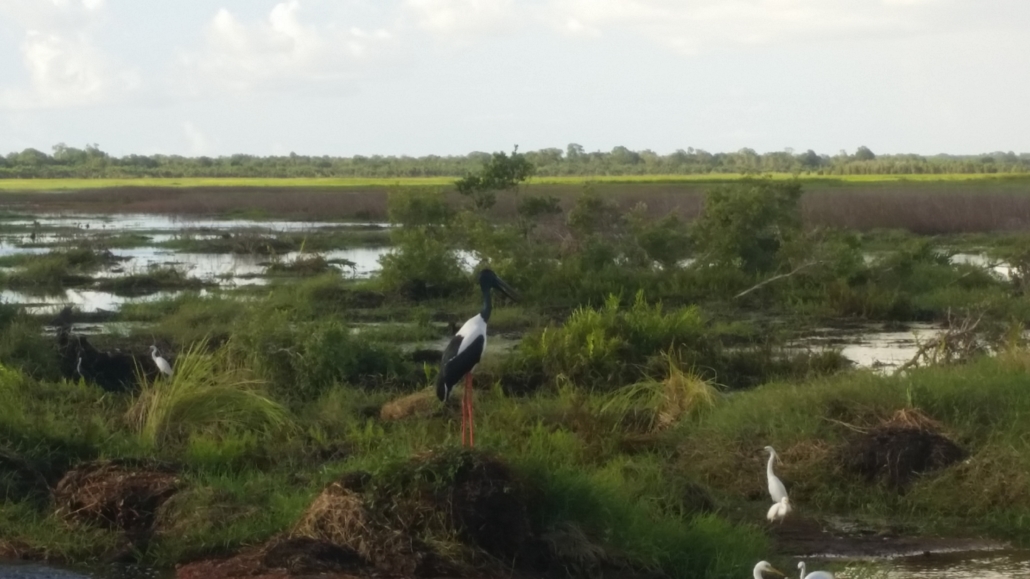
Videos from Fogg Dam
Sunset At Fogg Dam
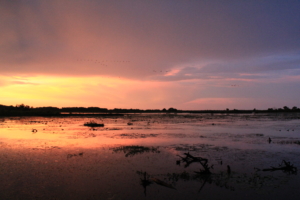
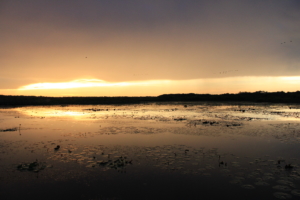
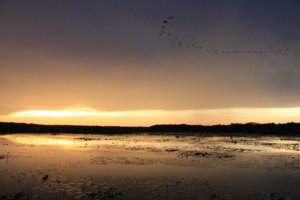
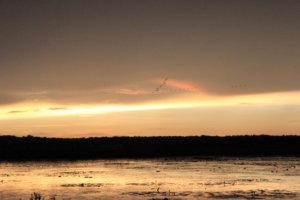
Fresh Water Crocodile
